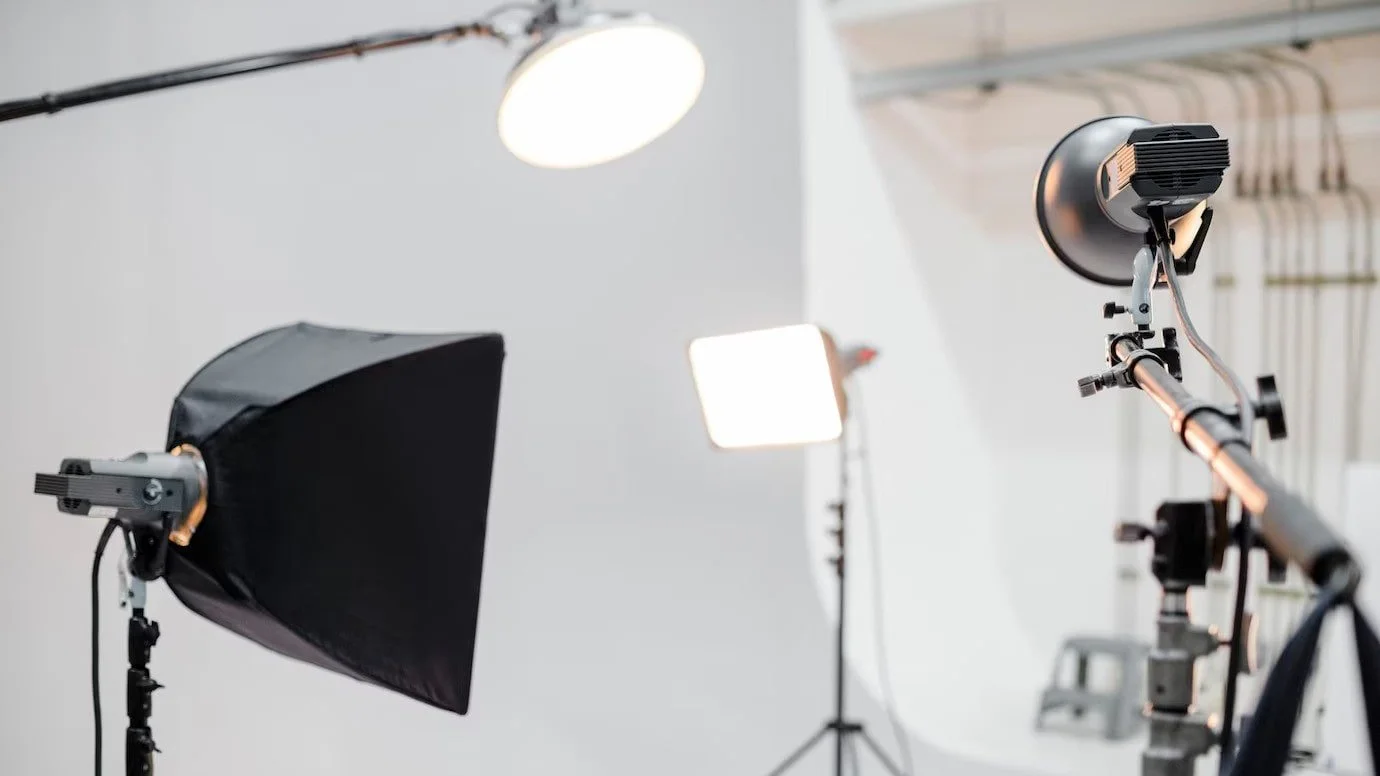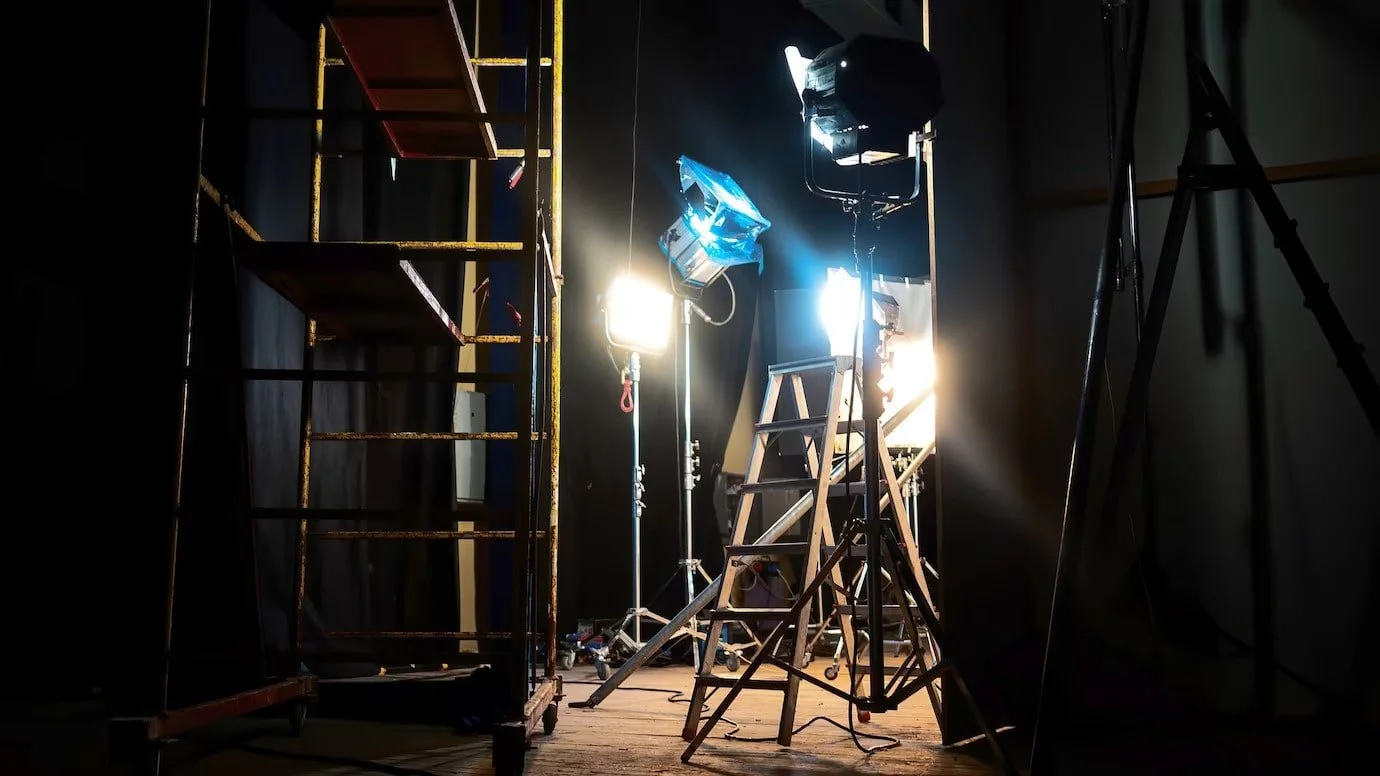Lighting the Scene: A Comprehensive Guide to Perfectly Illuminating Your Film Shots
If you're looking to create high-quality video content in Norwalk, CT, you'll want to ensure that every aspect of the production process is done right. From scripting and casting to shooting and editing, every detail can significantly impact the final product. But if there’s one critical aspect that you should not overlook, that is lighting.
Proper lighting is essential to create a visually stunning video that captures your audience's attention and effectively conveys your message. In this comprehensive guide, we'll explore everything you need to know about lighting for video production in Norwalk, CT. Whether you're a beginner or a seasoned professional, this guide will provide valuable insights and techniques to create compelling and visually stunning video content.
Use the Right Type of Lighting Equipment
In the world of video production, lighting is an essential element that plays a significant role in creating visually attention-grabbing and impactful content. Understanding the different types of lighting can help you achieve the desired effects in your videos.
The three primary types of lighting in video production in Norwalk, CT, are the following:
Key Light
The key light is the primary light source in the scene and is typically placed on one side of the camera, illuminating the subject's face. It is the most critical light in a lighting setup, and the intensity and direction it provides can dramatically affect the look of the shot.
Fill Light
Fill light is used to reduce the harsh shadows created by the key light. It is usually placed on the opposite side of the camera and has a lower intensity than the key light. It can be adjusted to soften the shadows or increase the overall brightness of the scene.
Backlight
Backlight is used to create depth and separate the subject from the background. It is placed behind the subject and helps to create a rim of light around the subject, which helps to create a three-dimensional effect. Backlight is crucial in creating a sense of depth and dimension in a shot, and its intensity can be adjusted to create different effects.
There are also other types of lighting techniques that are commonly used in video production in Norwalk, CT, such as high-key lighting, low-key lighting, and three-point lighting.
High-key lighting: Used to create bright, even lighting that can create a happy or upbeat atmosphere in a scene.
Low-key lighting: Used to create a moody or dramatic effect, typically using dark and shadowy lighting to create a sense of suspense or tension.
Three-point lighting: A popular technique that uses a key light, fill light, and backlight to create a balanced and visually appealing scene.
Consider Some Important Factors When Illuminating a Scene
When lighting a scene, there are several factors that you should consider. First, you need to think about the location and time of day. If you're filming outdoors, you must work with natural light and adjust your lighting setup accordingly. If you're shooting indoors, you'll find that you have more control over the lighting setup.
Another essential factor to consider is the mood and tone of the scene. For example, if you're filming a romantic scene, you might want to use warm, soft lighting to create a cozy atmosphere. On the other hand, if you're filming a horror scene, you might want to use harsh, directional lighting to create a sense of suspense and tension.
Color temperature, shadows, and contrast are also important factors to consider when lighting a scene. For those who don’t know, color temperature refers to the warmth or coolness of the light source and can be adjusted using gels or filters. Shadows can be used to create depth and add dimension to the scene, while contrast can be used to create a dramatic effect.
Practice Proper Lighting Techniques
Many filmmaking experts use different lighting techniques to create different moods, effects, and visual styles in their video production in Norwalk, CT. Here are some of the most common lighting techniques used in filmmaking:
Three-Point Lighting: This technique uses three lights - key light, fill light, and backlight - to create a balanced and visually appealing scene.
High-Key Lighting: This technique uses bright, even lighting to create a happy or upbeat atmosphere.
Low-Key Lighting: This technique uses dark, moody lighting to create a sense of mystery or suspense.
Rembrandt Lighting: This technique uses a key light and a backlight to create a triangle of light under the eye on the shadowed side of the face.
Butterfly Lighting: This technique uses a key light placed above and in front of the subject to create a shadow under the nose that resembles a butterfly's wings.
Natural Lighting: This technique uses natural light sources, such as the sun, to light the scene.
Hard Lighting: This technique uses a vital, directional light source to create deep shadows and a dramatic effect.
Soft Lighting: This technique uses diffused light to create a gentle, flattering effect.
Top Lighting: This technique uses a light source placed directly above the subject to create a strong and dramatic effect.
Rim Lighting: This technique uses a light source placed behind the subject to create a rim of light around the subject, separating them from the background and creating a three-dimensional effect.
These are just a few of the many lighting techniques used in filmmaking. Understanding these techniques can help you create visually stunning and impactful videos.
Avoid the Common Lighting Mistakes
When it comes to lighting a scene, there are some common mistakes that beginner filmmakers often make. One mistake is using too much light, creating a flat, uninteresting scene. Another is not correctly diffusing the light, which can create harsh shadows and unflattering lighting. Finally, not adjusting the color temperature to match the scene's mood is also something experts advise you to avoid.
Innovative Lighting for Exceptional Video Production in Norwalk, CT
Proper lighting is crucial in creating high-quality video content in Norwalk, CT. It is an essential factor that can make or break the visual appeal of your video. By following the tips and techniques outlined in this guide, you'll be able to create visually stunning videos that capture your audience's attention and effectively convey your message.
At Silvermine Productions, we understand how critical proper lighting is for video production in Norwalk, CT. Our team of experienced professionals is equipped with the knowledge and expertise to deliver top-notch video content that meets your specific needs and exceeds your expectations. Contact us today if you want to learn more about how we can help you with your video production needs in Norwalk, CT.


